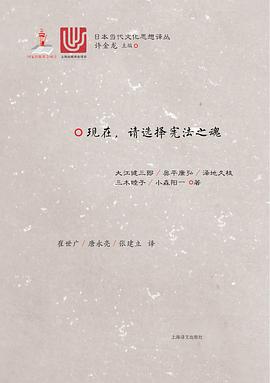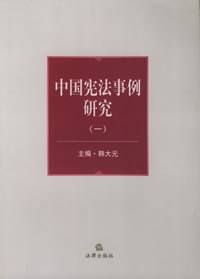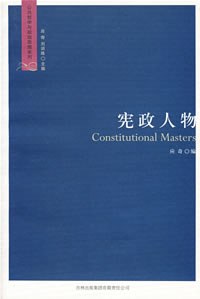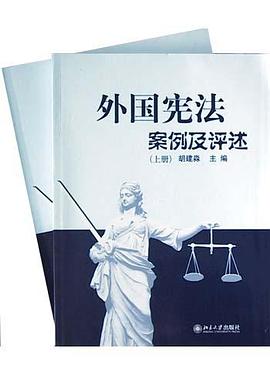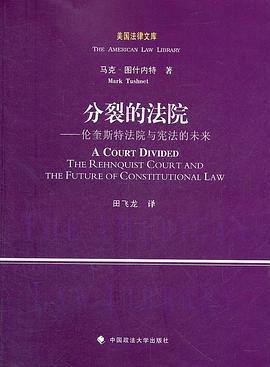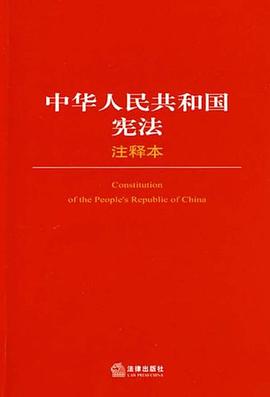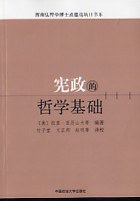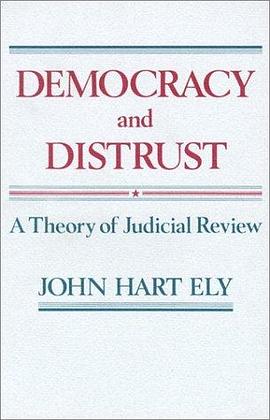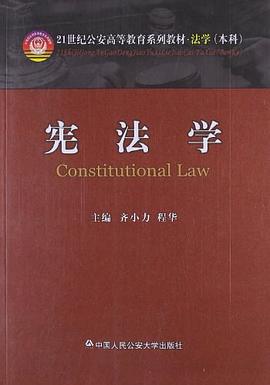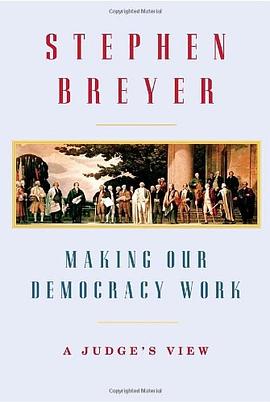

具体描述
The Supreme Court is one of the most extraordinary institutions in our system of government. Charged with the responsibility of interpreting the Constitution, the nine unelected justices of the Court have the awesome power to strike down laws enacted by our elected representatives. Why does the public accept the Court’s decisions as legitimate and follow them, even when those decisions are highly unpopular? What must the Court do to maintain the public’s faith? How can the Court help make our democracy work? These are the questions that Justice Stephen Breyer tackles in this groundbreaking book.
Today we assume that when the Court rules, the public will obey. But Breyer declares that we cannot take the public’s confidence in the Court for granted. He reminds us that at various moments in our history, the Court’s decisions were disobeyed or ignored. And through investigations of past cases, concerning the Cherokee Indians, slavery, and Brown v. Board of Education, he brilliantly captures the steps—and the missteps—the Court took on the road to establishing its legitimacy as the guardian of the Constitution.
Justice Breyer discusses what the Court must do going forward to maintain that public confidence and argues for interpreting the Constitution in a way that works in practice. He forcefully rejects competing approaches that look exclusively to the Constitution’s text or to the eighteenth-century views of the framers. Instead, he advocates a pragmatic approach that applies unchanging constitutional values to ever-changing circumstances—an approach that will best demonstrate to the public that the Constitution continues to serve us well. The Court, he believes, must also respect the roles that other actors—such as the president, Congress, administrative agencies, and the states—play in our democracy, and he emphasizes the Court’s obligation to build cooperative relationships with them.
Finally, Justice Breyer examines the Court’s recent decisions concerning the detainees held at Guantánamo Bay, contrasting these decisions with rulings concerning the internment of Japanese-Americans during World War II. He uses these cases to show how the Court can promote workable government by respecting the roles of other constitutional actors without compromising constitutional principles.
Making Our Democracy Work is a tour de force of history and philosophy, offering an original approach to interpreting the Constitution that judges, lawyers, and scholars will look to for many years to come. And it further establishes Justice Breyer as one of the Court’s greatest intellectuals and a leading legal voice of our time.
作者简介
Stephen Gerald Breyer (pronounced /ˈbraɪər/; born August 15, 1938) is an Associate Justice of the U.S. Supreme Court. Appointed by Democratic President Bill Clinton in 1994, and known for his pragmatic approach to constitutional law, Breyer is generally associated with the more liberal side of the Court.[1]
Following a clerkship with Supreme Court Associate Justice Arthur Goldberg in 1964, Breyer became well-known as a law professor and lecturer at Harvard Law School starting in 1967. There he specialized in the area of administrative law, writing a number of influential text books that remain in use today. He held other prominent positions before being nominated for the Supreme Court, including special assistant to the United States Assistant Attorney General for Antitrust, and assistant special prosecutor on the Watergate Special Prosecution Force in 1973.
In his 2005 book Active Liberty, Breyer made his first attempt to systematically lay out his views on legal theory, arguing that the judiciary should seek to resolve issues to encourage popular participation in governmental decisions.
目录信息
One Judicial Review: The Democratic Anomaly 3
Two Establishing Judicial Review: Marbury v. Madison 12
Three The Cherokees 22
Four Dred Scott 32
Five Little Rock 49
Six A Present-Example 68
ii / Decisions That Work 73
Seven Basic Approach 75
Eight Congress, Statutes, and Purposes 88
Nine The Executive Branch,Administrative Action,and Comparative Expertise 106
Ten The States and Federalism: Decentralization and Subsidiarity 121
Eleven Other Federal Courts: Specialization 137
Twelve Past Court Decisions: Stability 149
part iii / Protecting Individuals 157
Thirteen Individual Liberty: Permanent Values and Proportionality 159
Fourteen The President, National Security, and Accountability:
Korematsu 172
Fifteen Presidential Power: Guantánamo and Accountability 194
Conclusion Appendix A Images 221
Appendix B Background: The Court 228
Acknowledgments 233
Notes 235
Index 255
Contents
· · · · · · (收起)
读后感
在没看这本书以前,我脑海中的美国最高法院在司法方面有着绝对的话语权,单纯的羡慕着他们的司法独立,殊不知和其他事物的发展一样,最高法院为了真正实现司法独立也摔过跤、走错过路,直至今天还是依然前行着。 作者对于通过案例来展示最高法院在美国权威的树立过程,以及...
评分《法官能为民主做什么》的编辑校对错误 《法官能为民主做什么》2012年1版1刷中,有不少小的错误,顺手摘出于此。 页34行7,“又能向求谁助”应为“又能向谁求助”。 页39行4,“强者措施”似应为“强制措施”。 页48行21,“诉求请求”似应为“诉讼请求”。 页77行3,“...
评分在美国最高法九位大法官中,斯蒂芬.布雷耶有较明显的自由派立场。在本作中,通过那些最高法院历史中审理的具有重要历史意义和备受争议的案例分析,对民众作了普法教育。这种普法侧重于法理而非法条,界定了最高法该判什么的界限,如何判的方法以及对判决的诠释。读完之后,你会...
评分Making Our Democracy Work:A Judge's View是美国联邦最高法院大法官斯蒂芬•布雷耶的最新力作,正式译名为《法官能为民主做什么》,这个译名虽然不如《让民主运转:一个法官的立场》更贴近原文题名,但是却高度概括了本书的主旨:法官如何能帮助宪政民主运转起来,尤其是带动...
评分书名叫《法官能为民主做什么》,其实更应该加一个副标题叫做——美国重要司法判决历史。这本书如果结合托克维尔的《论美国的民主》读起来会更加的有味道。美国法律的历史,我们可以将其看做一个如何确立“法律权威”的历史,第一部分人民信任来之不易,其实主要说明了两个问题...
用户评价
尽管美国宪法制定者们起了个好头,对法院寄予厚望,但马伯里诉麦迪逊过了五十年才有第二个审查案例而不至于使其成为绝响。事实上,从认为法院没用、自己不喜欢的判决大可不遵守到建立对司法的信仰,美国经历了长期的历史过程。这个历史过程表明,司法独立,不是司法独大,更不是期待司法成为救世主,而是期待以平衡的艺术达至更好的社会。为达至平衡,法官采用了实用主义的解释路径。然而,关于司法信仰的国民教育,美国依然任重而道远,毕竟调查显示,在这个三权分立的国家,只有1/3的美国人能够说出司法、行政、司法这三个分支的名字,还有3/4的美国人干脆根本不知道法官和立法者之间到底有什么区别。
评分尽管美国宪法制定者们起了个好头,对法院寄予厚望,但马伯里诉麦迪逊过了五十年才有第二个审查案例而不至于使其成为绝响。事实上,从认为法院没用、自己不喜欢的判决大可不遵守到建立对司法的信仰,美国经历了长期的历史过程。这个历史过程表明,司法独立,不是司法独大,更不是期待司法成为救世主,而是期待以平衡的艺术达至更好的社会。为达至平衡,法官采用了实用主义的解释路径。然而,关于司法信仰的国民教育,美国依然任重而道远,毕竟调查显示,在这个三权分立的国家,只有1/3的美国人能够说出司法、行政、司法这三个分支的名字,还有3/4的美国人干脆根本不知道法官和立法者之间到底有什么区别。
评分值得看一下。其他感触:1)美国人法律意识长期淡薄:宪法生效一个半世纪后还有政府官员和法院决定对着干,2)美国人权历史一片黑暗:撕毁和印第安人的协议,把人家从自己的地上赶走(trail of tears);二战时把日裔美国人关在集中营里。谁知道哪天会不会把所有的华裔也这么关起来。
评分尽管美国宪法制定者们起了个好头,对法院寄予厚望,但马伯里诉麦迪逊过了五十年才有第二个审查案例而不至于使其成为绝响。事实上,从认为法院没用、自己不喜欢的判决大可不遵守到建立对司法的信仰,美国经历了长期的历史过程。这个历史过程表明,司法独立,不是司法独大,更不是期待司法成为救世主,而是期待以平衡的艺术达至更好的社会。为达至平衡,法官采用了实用主义的解释路径。然而,关于司法信仰的国民教育,美国依然任重而道远,毕竟调查显示,在这个三权分立的国家,只有1/3的美国人能够说出司法、行政、司法这三个分支的名字,还有3/4的美国人干脆根本不知道法官和立法者之间到底有什么区别。
评分明晚要在Rossabi的课上present一个有关联邦高法的opinion paper。先拿布雷耶挡一下~~
相关图书
本站所有内容均为互联网搜索引擎提供的公开搜索信息,本站不存储任何数据与内容,任何内容与数据均与本站无关,如有需要请联系相关搜索引擎包括但不限于百度,google,bing,sogou 等
© 2026 book.quotespace.org All Rights Reserved. 小美书屋 版权所有




